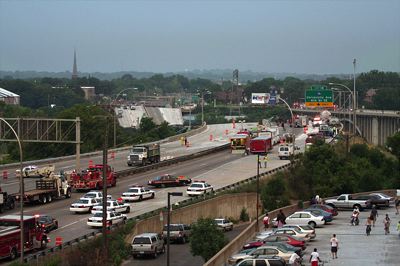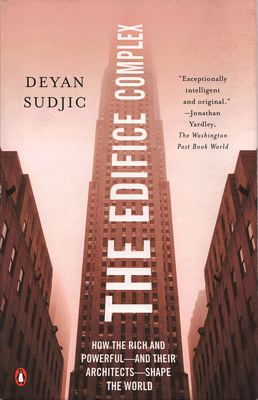In the wake of the Minneapolis bridge disaster, every transportation journalist in the country is looking for local bridges in danger of collapse. I foresee a movement to raise taxes to replace thousands of bridges — no doubt with “a balanced share” of the taxes going for public transit. (In case anyone isn’t sure, the Antiplanner opposes spending general taxes on highways even more than on bus transit.)
Flickr photo of the I-35W bridge by Poppyseed Bandits. Click photo for a larger view. Click here for more photos of the bridge by Poppyseed Bandits.
But the problem has never been an inadequate amount of money. As Wonkette’s anonymous lobbyist points out, the real problem is that the transportation planning process has become so arcane that it takes literally decades to do anything. She gives as an example the Woodrow Wilson Bridge across the Potomac, planning for the replacement of which began in 1988. If they are lucky, the new bridge and interchanges will be completed in 2011, just 23 years later.









